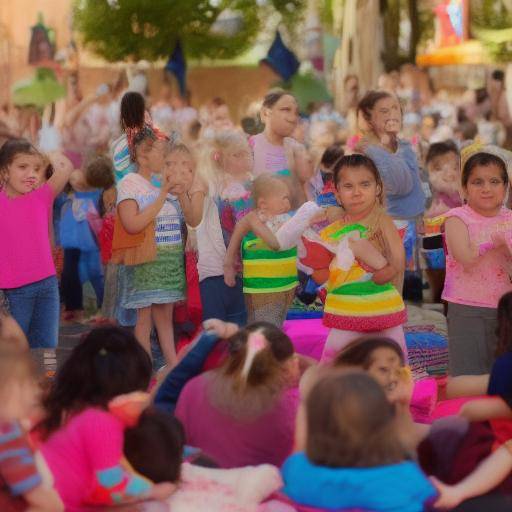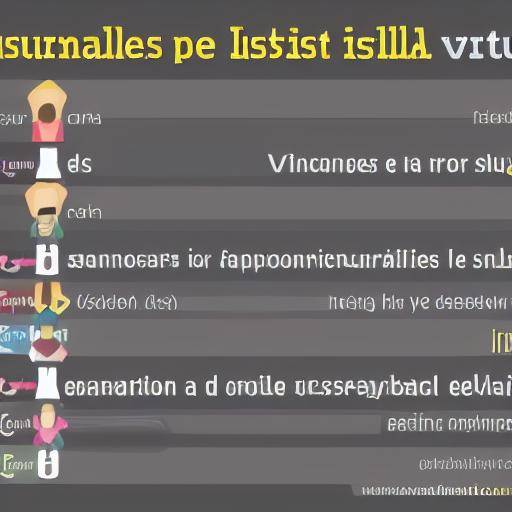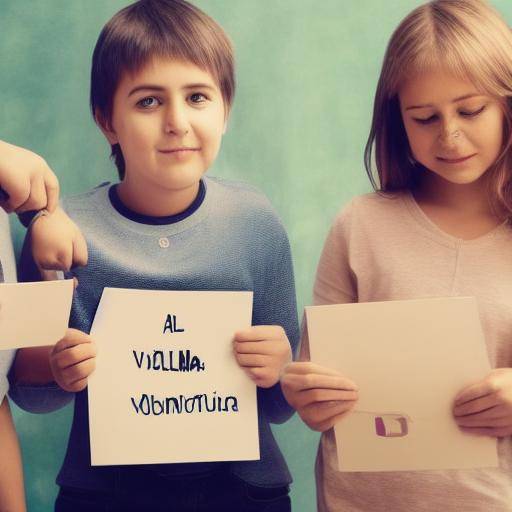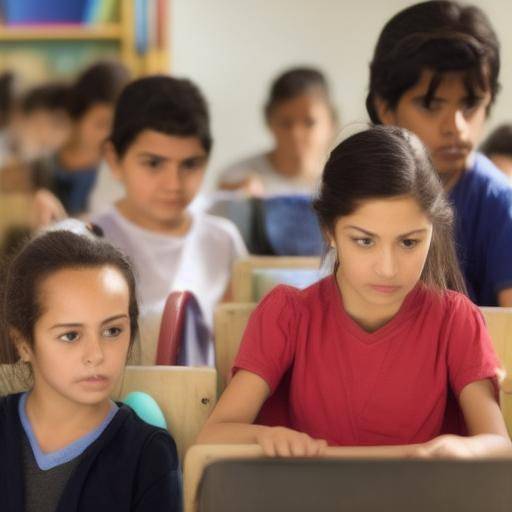
The role of artistic projects in secondary education is of paramount importance, as it contributes to the full development of students. These activities not only foster creativity, but also promote skills to solve problems, critical thinking and personal expression. In this article, the impact of artistic projects on secondary education, their evolution throughout history, the benefits they bring, and future predictions will be thoroughly explored. Practical advice, comparative analysis and case studies that highlight the importance of these activities in the field of education will also be provided.
History and background
Artistic projects in secondary education have a rich history dating back centuries. Since ancient times, visual arts, music, theatre and dance have played a key role in the cultural and educational development of various civilizations. In ancient Greece, for example, education was considered to encompass artistic and physical aspects, in addition to academics, to form complete individuals.
During the Middle Ages, education was closely linked to the Church and therefore religious art was of great importance in the formation of young people. With the Renaissance, there was a flourishing of arts and humanism, which significantly influenced education, promoting the importance of creativity and artistic expression.
In the twentieth century, the inclusion of artistic projects in secondary education became a prominent pedagogical approach, backed by research that demonstrated the cognitive, emotional and social benefits they provided to students.
Detailed analysis
Artistic projects in secondary education offer a wide range of benefits. From improving self-expression to promoting problem solving, these activities enrich the educational process of students. In addition, they play a key role in developing interpersonal skills, generating a collaborative and supportive environment among students.
Despite all these benefits, there are challenges in the effective implementation of artistic projects. Budgetary constraints, lack of specialized training for teachers and pressure to prioritize "more academic" subjects are common obstacles that need to be overcome to maximize the potential of these initiatives in secondary education.
Comprehensive review
To maximize the use of artistic projects in secondary education, it is crucial to adopt innovative approaches and encourage collaboration among the different departments of the school. Integrating art with other disciplines, such as science, technology, engineering and mathematics (STEAM), expands educational opportunities and prepares students for solving real-world problems.
Comparative analysis
By comparing artistic projects with other traditional educational approaches, it is evident that they foster a deeper understanding and a continuous commitment by students. Art allows you to explore cultural diversity, question and examine different perspectives, and develop effective communication skills in a visual and tactile environment.
Practical advice and useful recommendations
- Integrates the arts into various areas of the curriculum to promote interdisciplinary learning.
- It promotes the experimentation and artistic autonomy of students, allowing them to explore different forms of expression.
- It provides resources and support to teachers to engage in innovative artistic projects.
- It collaborates with local artists and art professionals to enrich the learning experience of students.
Conclusions and FAQs
In short, artistic projects play a vital role in secondary education by fostering creativity, critical thinking and social skills. In understanding the historical evolution of these initiatives, current challenges and future opportunities, schools can maximize the positive impact of artistic projects on students.
FAQs
1. What is the importance of artistic projects in secondary education?
Artistic projects in secondary education are fundamental to promoting creativity, personal expression and the development of interpersonal skills in students.
2. How can teachers integrate artistic projects into their classes?
Teachers can integrate artistic projects into their classes through interdisciplinary collaboration, integrating the arts into different areas of the curriculum.
3. What benefits do artistic projects offer compared to other educational approaches?
Artistic projects foster a deeper understanding, the exploration of cultural diversity and the development of effective communication skills through visual and tactile expression.
4. What challenges do schools face when implementing artistic projects?
Budgetary constraints, lack of specialized training for teachers and pressure to prioritize "more academic" subjects are common challenges in the implementation of artistic projects.
5. What is the long-term impact of participation in artistic projects in secondary education?
Participation in artistic projects in secondary education can have a significant impact on the cognitive, emotional and social development of students, preparing them to face real-world challenges.
6. What are future trends in integrating artistic projects into secondary education?
Future trends suggest greater integration of the arts into the STEAM curriculum, as well as closer collaboration with local artists and art professionals to enrich the educational experience.
In conclusion, artistic projects have a key role in secondary education by nurturing skills and capacities that go beyond the academic sphere, preparing students to be creative, critical and collaborative citizens in society. The effective integration of artistic projects in secondary education is therefore a crucial aspect of promoting a comprehensive and enriching educational approach.






















































